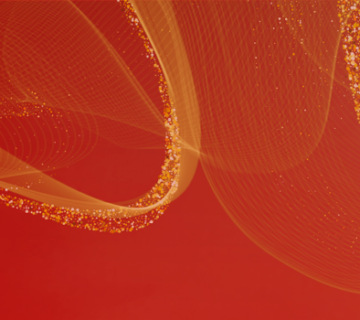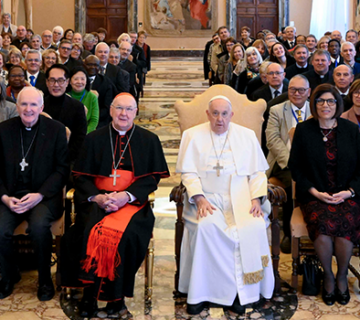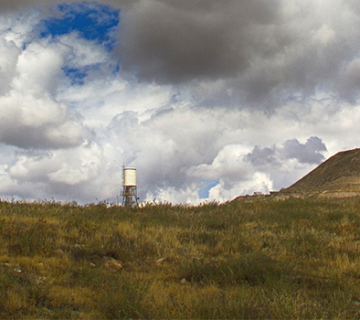 The prefabricated structure set up on a lawn at the Focolare town of Marienkroon was filled to capacity. It was a noteworthy gathering of 800 people – young and old, Danish and Dutch, Fins and Icelanders, Swedes and Norwegians – coming from miles to celebrate the arrival of the Movement in Netherlands.
The prefabricated structure set up on a lawn at the Focolare town of Marienkroon was filled to capacity. It was a noteworthy gathering of 800 people – young and old, Danish and Dutch, Fins and Icelanders, Swedes and Norwegians – coming from miles to celebrate the arrival of the Movement in Netherlands.
You have to wonder: Why does it always work? What is there beneath this tangible joy that makes everyone brothers and sisters, people of different ages, races and religious convictions? The lyrics being sung by the young people on stage are in Dutch, but they engage everyone, even those who do not speak this language, because the smiles matter more than the words. Perhaps the secret is that it begins with life, with concrete love and then, only after we have become friends are we able to contrast cultures. Or perhaps it depends on the fact that Chiara Lubich had taught us not to stop problems and misunderstandings, but to go ahead, beginning again, seeing each other new in every moment.
The orchestra is formed by three trumpets, one violin, two flutes, a set of drums and a piano. Highlights of this ongoing adventure are told in review: the arrival of the focolarini in Holland in 1961, the Genfest with 4 thousand youths in 1976, Chiara’s visit in 1982, the opening of the focolares in Copenhagen, Stockholm and Oslo in the 1980’s, the first visits to Iceland in 1989, the focolare family coming from Poland in 2010, and the inauguration of the new Mariapolis Centre in the Focolare’s little town.
Each country presented itself with much creativity and imagination. Sweden, where the ecumenism of the people is lived almost without realizing it, since every meeting is comprised of people from different Churches. Norway, with an emotional moment of silence in rememberance of the tragedy of 22 July. Finland, with its lively community. These were moments of great unity, along with the ecumenical celebration with the Lord’s Prayer recited at the same time in seven languages.
Bishop Jan van Burgsteden, who is responsible for ecumenism at the Bishops Conference, testified that “for 50 years the Movement in Holland has been helping people to live the Gospel. And from this new involvement in the Church was born, even in an era of secularism, which helped overcome the polarization. I saw also how the Movement was able to create an “ecumenism of the heart.” I’m convinced that one day we’ll see the Church shining like a morning star, because in all of its parts the Word has become life.”
Maria Voce responded to a few questions. One general question: “What do you remember most from 2011? “In the Holy Land, when I was at the Holy Sepulcher I felt crushed by the evil of the world which seemed to have flattened Jesus as well. But later, as I stood before the empty tomb, I felt the sudden certainty that Jesus is alive, and that we can carry Him alive, among us, into the world, and that we are fortunate in being able to do this. Another (memory) is the trip to North America: with those endless landscapes and people everywhere, the focolarini seemed so few. What could they ever accomplish on their own? The people who came to the celebrations in New York were only 2 thousand – a drop in the ocean. And yet, I felt a certainty within: Now, let’s not start worrying about numbers, they don’t matter, only the growing presence of Jesus among us matters, then the rest will come.”
“This has been a busy day with many official events – concluded Giancarlo Faletti, “but is was above all a family day that has given us all much hope. I carry your multi-ethnic and multicultural presence in my heart, this blossoming of life. And every flower needs love, tenacity and industriousness, which are your very characteristics. Then again, the flower is the symbol of Holland.”
By Giulio Meazzini


 Italiano
Italiano Español
Español Français
Français Português
Português


